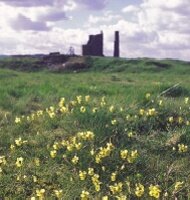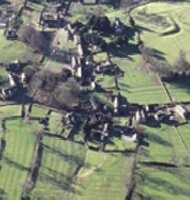Caring for Archaeological Sites on Grassland


Grassland management has ensured that many archaeological sites have survived to the present day in far better condition than their counterparts in cultivated land. This is particularly true for areas of unimproved permanent grazing land, where some of the nation’s best-preserved archaeological sites survive often as visible ‘humps and bumps’ or, as they are more properly termed, earthworks. Maintaining these sites in grassland is the best form of management, ensuring their long-term preservation and visibility.
This document provides guidance to farmers on how to find out more about the presence of archaeological sites on their holdings, factors to consider in better managing these features, and how to avoid damage. It ends by summarising sources for grant aid and further advice.
What's New?
-
The National Heritage List for England is now live on the English Heritage website.
-
Welcome to the HER21 page. This page offers access to the full suite of HER21 project reports.
